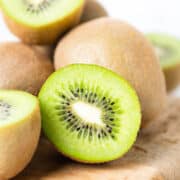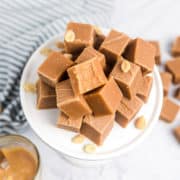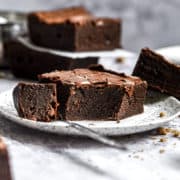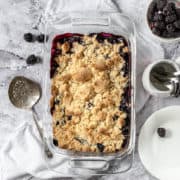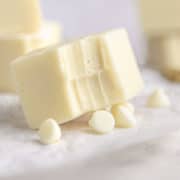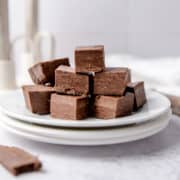Kiwi, also known as kiwifruit, is a bright green, distinctive-tasting fruit. Discover more about how to store kiwi the right way and you can use it in fruit salads, throw it in smoothies or make some great desserts.
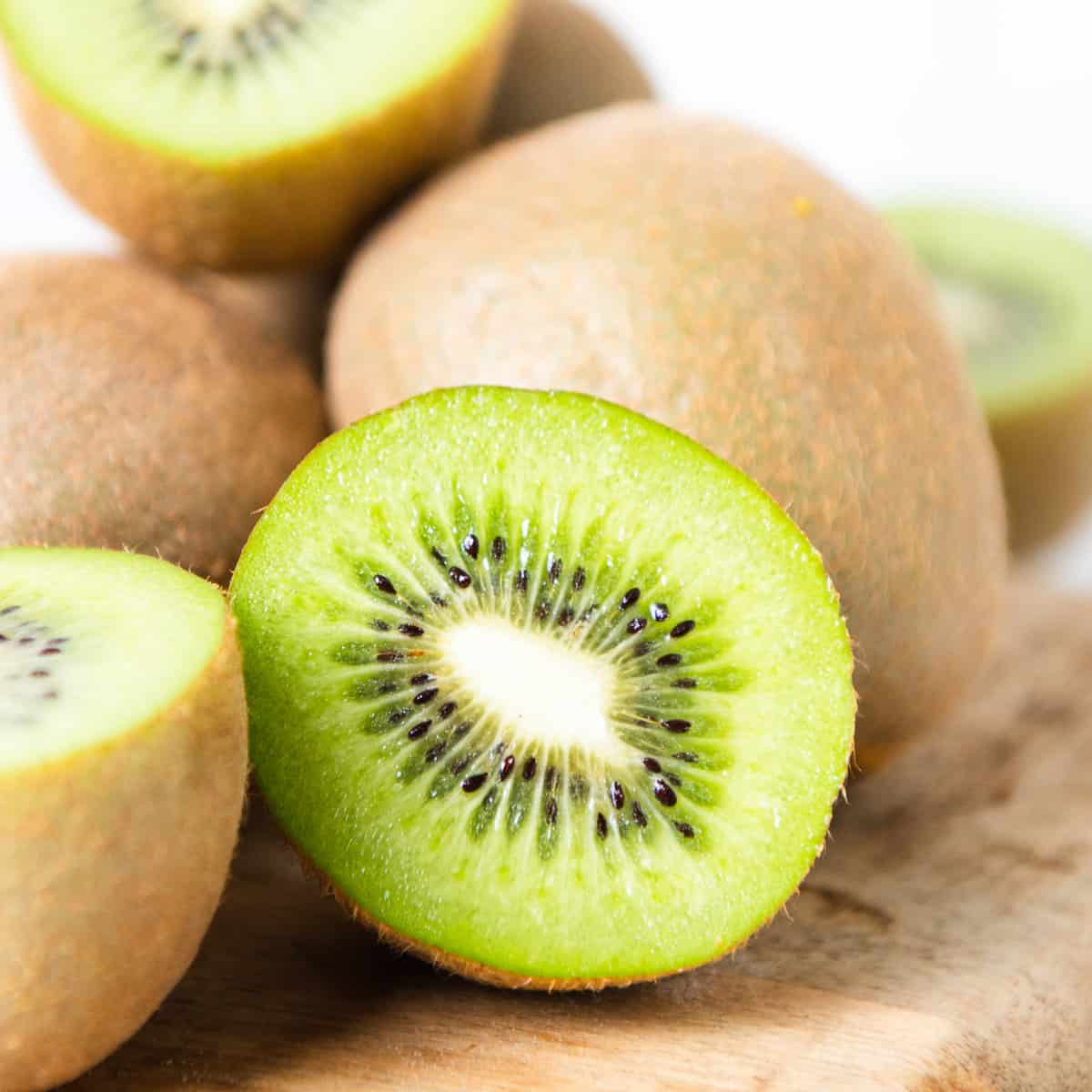
Jump to:
Whether you're eating the whole kiwi as a snack or using it to make Australian pavlova or another tasty dessert, it's important to know the best way to store this delicious fruit to extend its shelf life and keep it fresh for longer.
I often have a kiwi or two in the fruit bowl and I've found the easiest way to eat it is to cut it in half across the middle and scoop out all that deliciousness with a teaspoon! That's certainly quicker and easier than peeling off the fuzzy skin and slicing it up.
What is Kiwi?
Kiwi (Actinidia Deliciosa) is actually native to China, although it's cultivated all over the world now, including in the United States, Italy, Chile, and New Zealand. New Zealand is a top producer of kiwi. This fruit was first introduced to New Zealand by Isabel Fraser, a schoolteacher, in 1904, who brought kiwi seeds over from China.
The fruit gets its name from fruit exporters in New Zealand. Kiwi is also the name of a flightless bird. It was also known as "Chinese gooseberry." It's a powerhouse of nutrition too, rich in Vitamins C and K, antioxidants, and fiber. One kiwi has only 50 to 60 calories.
Kiwi is botanically a berry, and the two most popular varieties growing on a kiwi plant are Actinidia Deliciosa and Actinidia Chinensis. The first one is also known as a Hayward kiwi and is named after the man who popularized the fruit in the 1920s in New Zealand, Hayward Wright. The oval-shaped Hayward kiwis have fuzzy brown skin and green flesh with some little black seeds. This is the variety you always see at the grocery store.
The other type is golden with yellow flesh. The green ones contain chlorophyll while the yellow ones don't. There is also a fruit called the kiwiberry but, although they're in the same plant family, they aren't the same as kiwis. Instead, they are small and have edible skin.
How to Select the Best Kiwis
When buying fruit, it's important to know what to look for so you can purchase the most delicious fruit and avoid anything spoiled. Kiwis should be slightly soft - not mushy but they should have a little "give" so you know they're ripe. Choose fragrant, plump fruits. Ripe kiwis have a light smell while underripe kiwis won't smell at all.
If you can only find very firm ones, you can still buy them because kiwis do continue to ripen so you just need to wait a few days if that's the case and you don't need to eat them right away. Just make sure the skin doesn't have any bruises or blemishes. Also, it doesn't matter whether a kiwifruit is large or small - they all taste the same regardless of size.
I recommend purchasing kiwis when they're in season. Since most come from Chile and New Zealand, this means the growing season lasts from May to November.
Seasonal kiwis are always juicy and ripe, and well worth buying. Outside of the growing season, kiwis are still picked but before they were ripe and they might not ripen well once you get them home. This applies to regular brown-skinned kiwis and golden kiwis.
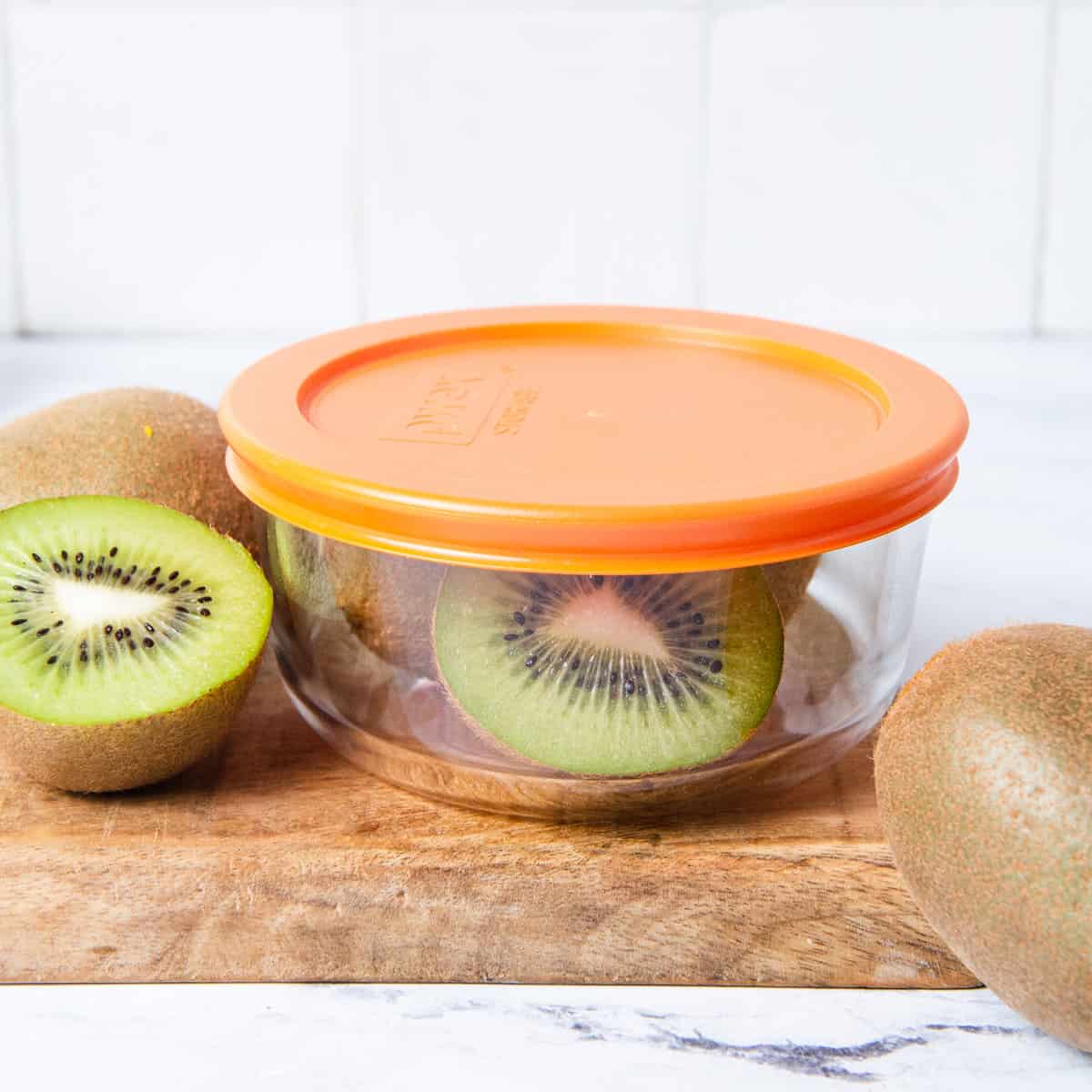
How to Store Kiwi
Whether you have unripe kiwi, ripe kiwi, or kiwi slices, or you are just curious how and where to store this tasty fruit, read on for some handy tips about storage time and where to keep them.
- If you plan to eat the fruit straight away or at least the same day, you can store them in a fruit basket, as long as it's not exposed to direct sunlight.
- Unripe kiwi should be kept in a brown bag with ethylene-producing fruits to hasten the ripening process. Apples, pears, and bananas give off ethylene gas which speeds up ripening, so you can enjoy your kiwi sooner!
- If you're storing ripe kiwis, it's best to keep them at low temperatures, such as in the refrigerator and away from other fruits, where they can stay fresh for 2 weeks or sometimes even 3.
- If you're storing cut kiwi slices, keep them refrigerated in a sealed container and use them within 2, or at most, 3 days.
Another option is to freeze your ripe kiwi fruit. Use a spoon or knife to scoop out the flesh of the kiwi and discard the skin. I cut them into pieces, then freeze them overnight on a cookie sheet lined with parchment paper. Transfer into a freezer-safe bag, squeezing out as much air as you can. The kiwi is best if eaten within 3 months, after which it will start to lose its flavor.
How to Tell if Kiwi is Spoiled
Bad kiwis have a slightly acidic smell. They might also be soft and mushy. Other signs of spoilage include visible mold and shriveled skin due to moisture loss. If the fruit is bruised or soft and squishy then it's gone bad and should be thrown away.
Common Questions
Typical marinade ingredients include oil, vinegar, citrus juice, herbs, and spices. So why would you add kiwi juice to a marinade when making a meat dish?
Kiwi has an enzyme known as actinidin and this can tenderize meat, breaking down the proteins and making the meat tender. This is why kiwi is often added to marinades for tough meats like some types of steak or lamb. Don't overdo it though because the meat can turn from tough to tenderized to mushy!
The most common type of kiwi, the Hayward kiwi with fuzzy brown skin, should be peeled because it's chewy and tough. However, if you have a golden or yellow kiwi, you can eat the skin because it's softer than what you have on the brown ones. Give it a good rinse first though.
Although kiwi is delicious when eaten fresh as a snack, there are also plenty of recipes you can use it in. Frozen kiwi is great as part of a frozen fruit kabob (add banana and grapes too) or you can make kiwi sorbet.
Use it to make bread, salsa, or cakes, or cut little slivers to garnish dessert - kiwis are a very pretty fruit and look beautiful when used as a dessert garnish. If you're looking for something savory, you might like to serve chopped kiwi and strawberries on a bed of mixed salad greens. Add some walnuts or pecans and your favorite vinaigrette. Alternatively, pair the kiwi with avocado, cherry tomatoes, cucumber, and cheese.
Fresh or frozen kiwi can be added to a fruit smoothie to add both flavors as well as nutritional value. You can also add it to a fruit cup, sundae, or parfait. Kiwi is so delicious and good for you it's always worth finding new recipes using this fresh fruit.

Curious Facts
- A kiwi boasts more Vitamin C than an orange, so if you're feeling under the weather or you think you're coming down with a cold, consider snacking on one to perk you back up.
- Although you can use kiwi juice as a meat tenderizer, don't use it in recipes containing milk or dairy because it breaks down the milk proteins and changes the texture of the dish. You can use it if you're serving the recipe right away because it takes a while to start breaking down the milk proteins. Also, kiwi makes a nice dessert after a dairy-rich main dish because it can help with digestion.
- This fruit is great for including in fruit chutneys, sweet tarts, and sweet fruit-based soups.
- Puree kiwi in a blender and freeze in ice cube trays so you can add kiwi cubes to smoothies or other drinks.
- If you're allergic to kiwi you're more likely to be allergic to latex.
When you know how long kiwi lasts, you will want to stock up on this delicious, seasonal fruit and make all kinds of delicious dishes with it. So if it's a while since you treated yourself to kiwi, grab some of these delicious fruits today and prepare yourself for a flavor explosion!
